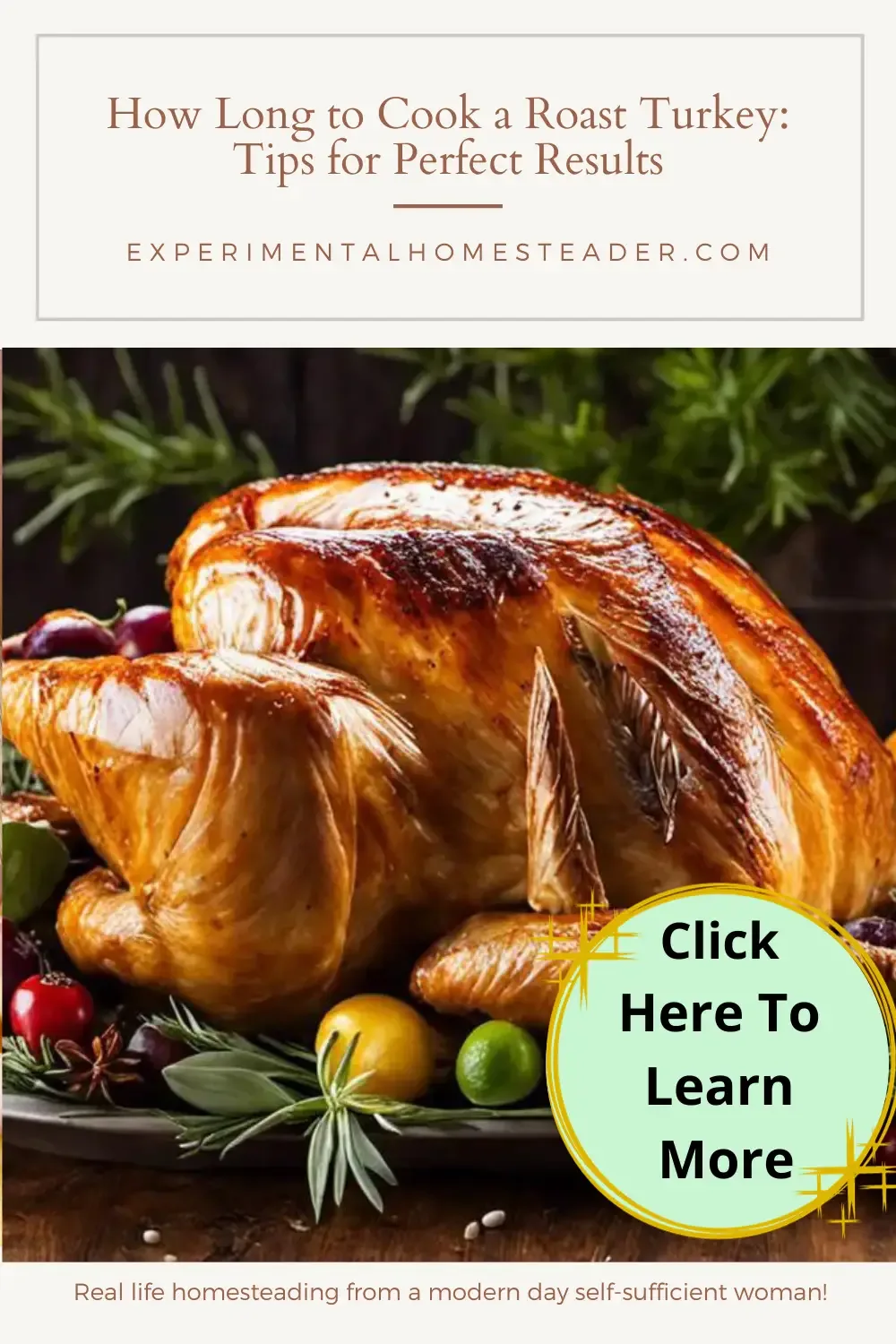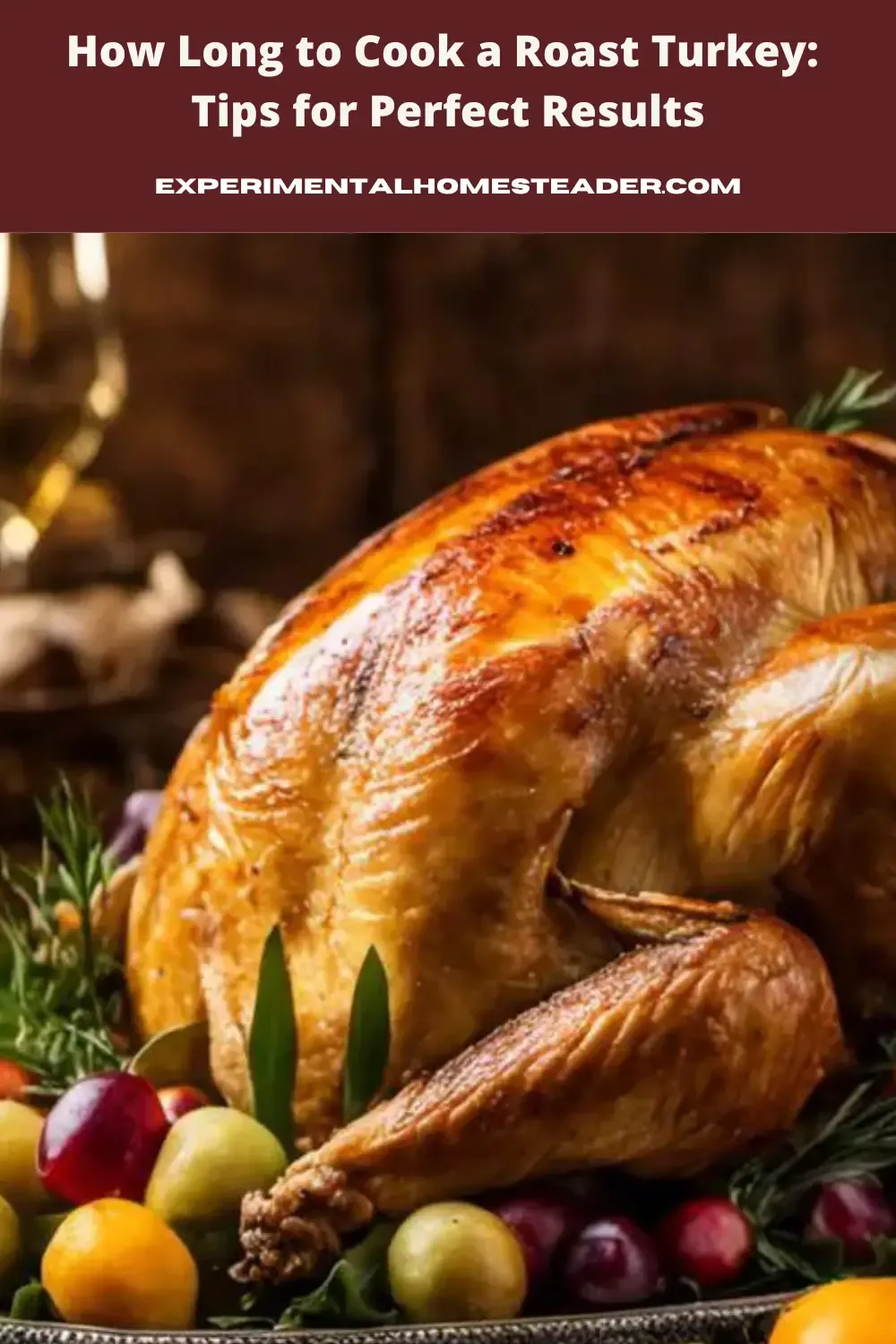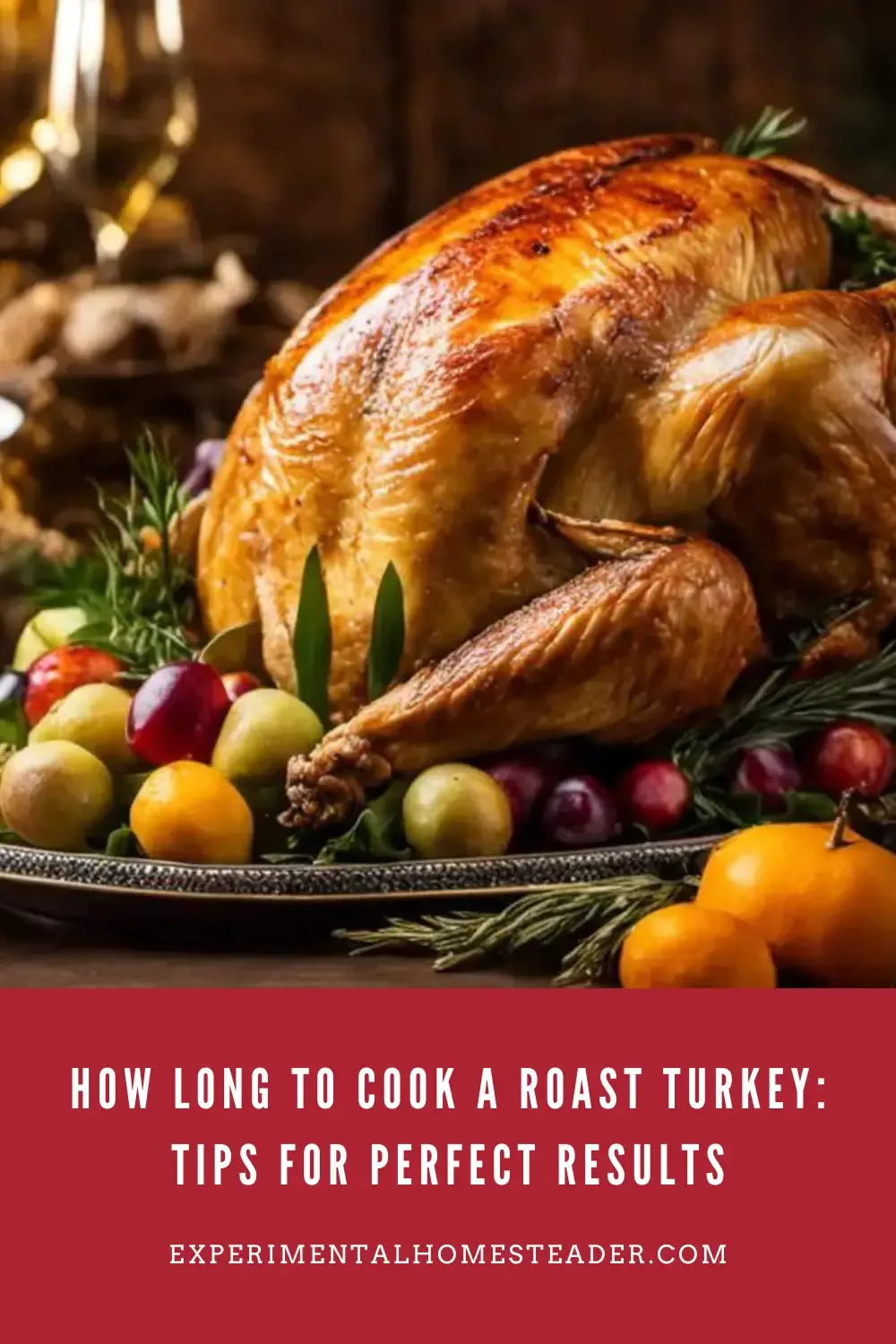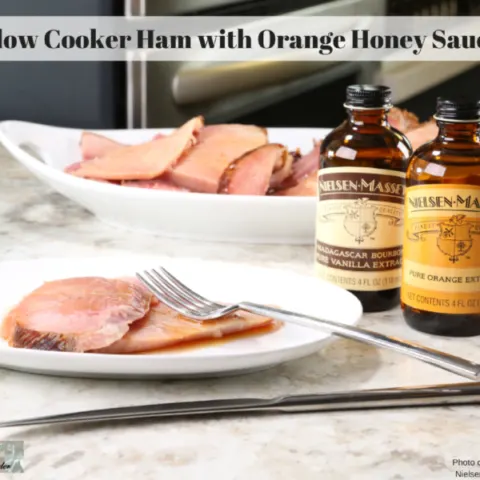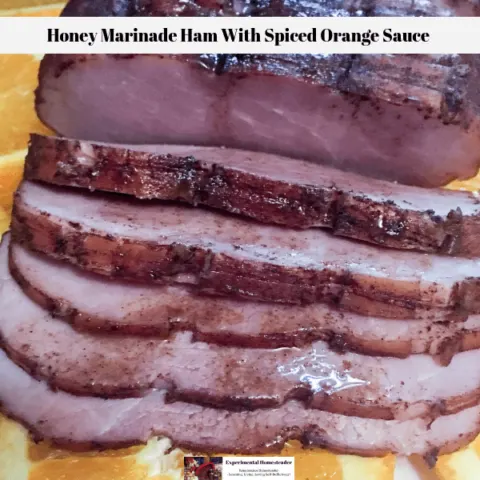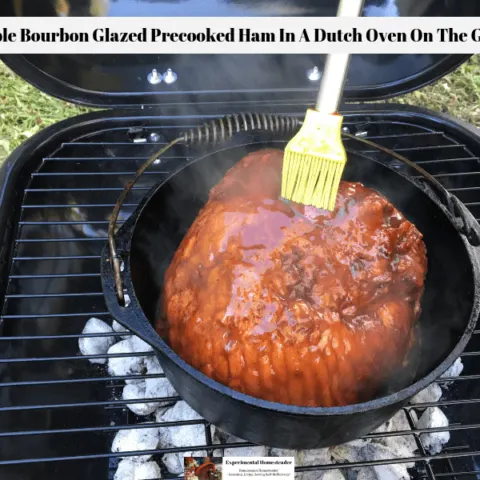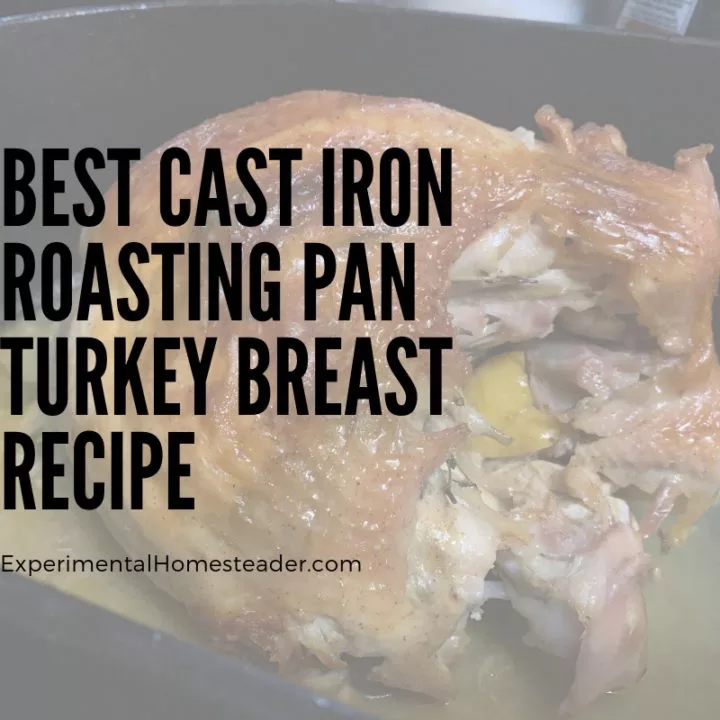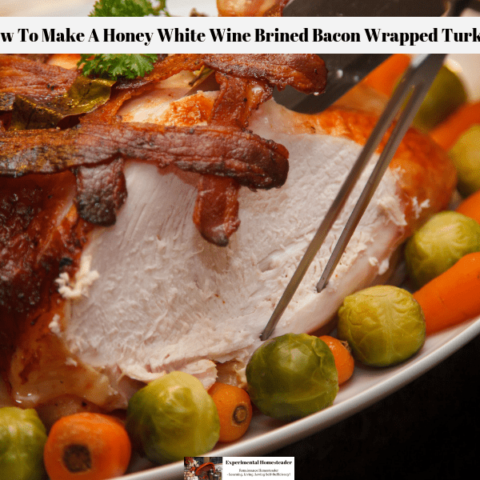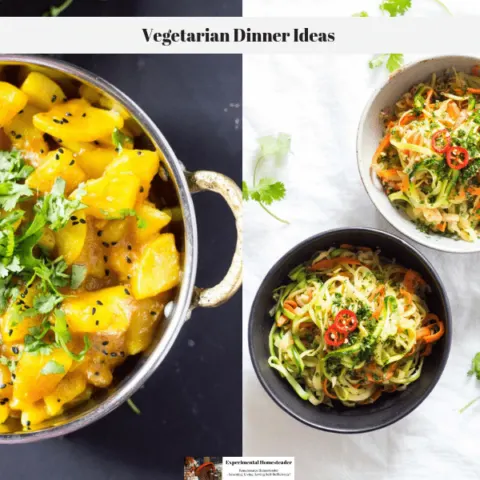Are you curious about how long to cook a roast turkey to achieve that perfect, golden-brown masterpiece?
Whether you're gearing up for a grand holiday feast or simply craving a heartwarming, home-cooked meal, mastering the art of turkey roasting is well within your reach.
With a few essential steps and a good understanding of your bird, you can transform a humble turkey into a mouthwatering delight.
In this guide, we'll unravel the secrets behind turkey sizes, delve into the craft of proper preparation, and walk you through the entire roasting process.
Get ready to unlock your culinary potential and turn your roast turkey into an unforgettable culinary star.
Understanding turkey sizes and their cooking times
Let's delve into the heart of the matter, the turkey.
It's not just a bird; it's the centerpiece, the culinary superstar that can turn a humble homesteader into a kitchen hero when prepared to perfection.
But cooking a turkey is more than just a dash of seasoning; it requires respect, patience, and precise timing.
Whether you're a seasoned homestead chef or a novice venturing into the world of roasting whole poultry, understanding the relationship between turkey size and cooking time is a vital skill in your culinary journey.
The Turkey Size-Time Connection
One of the first questions that pop into mind when dealing with this feathered behemoth is how its size affects the cooking time.
It might seem intuitive that a larger turkey takes longer to cook, but are there nuances at play?
Does the time scale exponentially with size, or is there a steady progression?
The answers, my fellow homesteaders, are not veiled in secrecy.
You see, when you double the size of the bird, the cooking time doesn't double.
Instead, the time increases incrementally as the bird's dimensions grow.
This intricate dance happens because heat needs to penetrate from the turkey's outer layers to its inner core, and with larger birds, that inner sanctum becomes more challenging to reach.
Cooking Time Guidelines
For a turkey weighing less than 16 pounds, consider approximately 13 to 15 minutes per pound when roasting it without stuffing.
This provides a good estimate for achieving that mouthwatering, golden-brown perfection.
However, if you're dealing with a larger bird over 16 pounds or if you plan to stuff your turkey, a different rule of thumb applies.
Aim for around 15 to 17 minutes per pound for these grander feasts.
Stuffed turkeys generally require a little more time per pound to ensure that the stuffing in the cavity reaches a safe temperature.
Remember, these timeframes are more like friendly suggestions than strict commands.
Various factors like your oven's temperature accuracy, the turkey's starting temperature, and whether it's stuffed or not can influence the overall cooking time.
So, use these guidelines as a starting point and rely on your trusty meat thermometer to make sure your turkey is cooked to perfection.
Factors Affecting Cooking Time
Several factors, such as your oven's actual temperature, whether the turkey is stuffed (which extends cooking time), and the turkey's starting temperature, can all influence the overall cooking time.
If you asked me on Thanksgiving for a turkey that's taking its sweet time, my response would be a gentle reminder, "Patience…"
The Role of the Meat Thermometer
Here's an invaluable tip: invest in a reliable meat thermometer.
When the thickest parts of the breast and thigh reach a succulent, safe temperature of 165°F, it's time to feast, regardless of the turkey's weight or the estimated time.
In the end, it's not a race against the clock but a loving, deliberate march toward perfection.
Take those extra hours to lovingly lower the cooking temperatures, ensuring even cooking and that beautiful, golden-brown, crispy skin without the risk of drying out your cherished turkey.
Remember, cooking isn't just about the end result; it's about savoring the journey.
So take a moment, inhale the delicious aromas of your culinary masterpiece, and relish the fact that with each passing second, you're getting closer to turkey bliss.
Unlocking the Magic of Perfectly Roasted Turkey Prep: A Crash Course for Food Enthusiasts
When the holiday season rolls around, many culinary adventurers wax lyrical about the centerpiece of the festivities - the roasted turkey.
An emblem of shared meals, celebrations, and togetherness, this noble bird requires finesse and understanding to transform into a succulent wonder that leaves guests reaching for seconds.
So let's dive into the details of how to properly prepare a turkey for roasting.
Thawing Your Frozen Turkey
Forget not, that the preparation for that golden bird begins a few days before it fills your home with heady aromas.
Choosing between fresh and frozen is more about personal preference, scheduling, and availability.
Frozen birds need ample time to thaw, usually allowing 24 hours for every four to five pounds of bird in a refrigerator set at 40°F or below.
Enhancing Flavor with Brining
Next, consider the brining process.
A popular trick of the culinary trade that infuses additional moisture and flavor into the meat, brining is particularly beloved for turkey, a meat that can be challenging to cook evenly.
A basic brine includes water, salt, and sugar, while more extensive recipes might introduce herbs, citrus zest, or spices.
I absolutely love using my Honey Marinade for All Kinds of Meat recipe.
Submerge your bird in the mixture for at least 4 hours, or overnight for full flavor immersion.
The Stuffing Dilemma
As the turkey bathes in savory goodness, direct your attention to the stuffing scenario.
Whether you're a staunch stuffing-in-the-bird adherent or a dressing-on-the-side devotee, remember that cooking stuffing inside the turkey may increase the cook time and decreases the chance of achieving an evenly roasted bird.
Perhaps experiment with cooking dressing on the side; the results might surprise you.
Infusing Flavor with Compound Butter
Now, onto the ceremonial buttering.
This ritual not only amplifies the flavor but encourages that drool-worthy golden brown color.
Try mixing herbs like rosemary, thyme, or sage into softened unsalted butter.
Then, lovingly spread this compound butter under and over the turkey skin, providing a self-basting effect that keeps your bird juicy and delicious.
The Art of Trussing
Before committing your turkey to the fervor of the oven, trussing should not be overlooked.
The art of trussing, or tying, helps maintain the turkey's shape and aids in even cooking.
Armed with kitchen twine, secure the wings and legs close to the body.
This ensures a neat presentation and prevents the smaller parts from drying out.
Monitoring the Temperature
Finally, let's temp talk.
Recipes often call for an initial high heat blast to boost browning and then reducing the temperature for the remainder of the roast.
Depending on your bird's size and whether it's stuffed, your roasting times will fluctuate.
Fear not, however, if you're armed with your trusty meat thermometer, you'll expertly navigate this.
Indeed, the journey to a majestic roasted turkey navigates steps of defrosting, brining, buttering, stuffing decisions, trussing, and temperature considerations.
But for the passionate cook, this process unfolds not as a chore, but a labor of love; a culinary connection for those gathered around the table.
So gather your herbs, prepare your brine, and ready that twine.
The Turkey Roasting Process
While we've culled through the deep connection between turkey size and cooking time, piercing the basics of thermodynamics, and the role of a meat thermometer in calling a turkey well-done, there is still so much to discover about a good roast.
A roast is not just about time and temperature; it's a labor of love, inviting your senses to jump into an orchestra of flavors, aromas, and textures that tickle the fine line between science and art.
Now, we plunge headfirst into the scintillating world of roasting specifics!
Because roasting is more than just sticking a bird into a super heated box and setting a timer.
The Prelude: Preheating Your Oven
First on the deck, preheating the oven.
A seemingly simple task, but it plays an integral role in ensuring your turkey king has the perfect throne to cook on.
Kickstarting your oven to 325 degrees Fahrenheit, gives your turkey, the perfect element to start the slow and steady transformation from raw to superbly roasted.
Choosing the Right Roasting Pan
Next, find the right roasting pan.
Not too small that your turkey looks crammed, not too big that it seems lost.
The right roasting pan offers ample space for your turkey, ensuring heat circulates just right for a deliciously even roast.
My personal favorite is my cast iron roasting pan.
The Roasting Technique: Spice It Up!
Now, dial in on the perfect roasting technique - whether you want to go traditional or experiment, it's all about spicing (literally!) things up.
Garnish it with a layer of herbs, spices or citrus slices, all beneath the skin for an explosion of flavors.
Or perhaps introduce a bouquet of aromatic vegetables or even lemons in the cavity, releasing flavors into the meat while keeping it moist.
Wrap the turkey in bacon, it's delicious that way!
Basting: The Key to Juiciness
A critical aspect overlooked, is frequent basting.
Basting every thirty to forty-five minutes with the juices collected at the bottom of the roasting pan, allows for a juicy turkey, flaunting that irresistible, golden-brown skin.
Remember, only to start basting when the turkey is halfway cooked to avoid a soggy skin.
Rotate for Perfection
Rotate your turkey halfway through cooking.
This ensures equal tan lines.
A simple step, but essential for showcasing a turkey that is evenly cooked and uniformly colored.
The Grand Finale: Allowing the Turkey to Rest
Last but certainly not least, acknowledging the resting phase.
Allowing the turkey to rest post-roasting not only helps in easier carving, but the juices that were driven to the surface during roasting also get reabsorbed back into the meat, ensuring your slices are moist and flavorful.
Let's be honest, a described roast is as savored as a well-cooked roast.
Roasting is more than a process, it's an experience; a celebration of loved ones around good food and good times.
Whether you're new to the culinary journey, or consider yourself an experienced home chef, remember to savor every sizzle, every flavor and most importantly, every moment.
After all, great food is the thread that weaves us all together, so let your culinary flag fly high, one roast at a time!
Elevate Your Homestead Roasting Experience
As we embark on a journey to grasp the nuances of turkey sizes, masterful preparation, and the essential elements of the roasting process, we're set to enhance your homestead cooking adventure.
Yet, in the world of homesteading, where self-sufficiency and creativity reign, remember that the culinary arts allow ample room for personal expression.
Don't hesitate to infuse your unique flair into your turkey roasting.
Armed with the knowledge needed to nurture your roast turkey to perfection, you can stride into your homestead kitchen with unwavering confidence.
Here's to your upcoming culinary endeavors, may they all yield heavenly roast turkeys and moments of pure delight.
Mastering the Turkey Roast: FAQs for Homesteaders
For every four to five pounds of turkey, allow 24 hours of thawing time in a refrigerator set at 40°F or below.
Brining is an excellent way to add moisture and flavor. Brine your turkey for at least 4 hours or overnight for maximum flavor infusion.
Preheat your oven to 325°F for the perfect roasting temperature.
Look for a roasting pan that comfortably fits your turkey, allowing heat to circulate evenly around it.
You can add a layer of herbs, spices, or citrus slices under the turkey's skin for an explosion of flavors.
While some choose to stuff their turkey, be aware that it can increase the cooking time. Consider cooking the stuffing separately for a more even roast.
Baste every 30 to 45 minutes with the juices collected at the bottom of the roasting pan for a juicy, golden-brown bird.
Yes, rotating the turkey halfway through cooking ensures even browning and cooking.
Allowing the turkey to rest post-roasting aids in easier carving and ensures that the meat remains moist and flavorful.
Start basting when the turkey is halfway cooked to avoid a soggy skin.
A meat thermometer is a valuable tool. When the thickest parts of the breast and thigh reach 165°F, your turkey is done.
Get creative! Experiment with different herbs, spices, or even citrus zest to infuse your turkey with unique flavors.
Spread a compound butter mixture, featuring herbs like rosemary, thyme, or sage, under and over the turkey's skin for that perfect color.
Trussing, or tying, the turkey helps maintain its shape and ensures even cooking, preventing smaller parts from drying out.
The secret lies in the art of balance – knowing when to thaw, brine, season, and roast, and using a meat thermometer to ensure doneness.
If your turkey is still partially frozen, it's best to delay your cooking plans. Allow it to thaw completely in the refrigerator to ensure safe and even cooking.
While you can't reverse overcooking, you can make turkey gravy or a flavorful sauce to serve with the meat to add moisture and flavor.
If the skin is browning too quickly, tent the turkey loosely with aluminum foil to shield it from further browning while allowing the meat to continue cooking.
It's best to thaw a turkey in the refrigerator, but if you're in a rush, you can use the cold water method. Submerge the turkey in a large container of cold water, changing the water every 30 minutes until it's thawed.
To ensure the stuffing reaches a safe temperature, it's recommended to cook it separately, rather than inside the turkey. If you do stuff the bird, use a meat thermometer to ensure the stuffing reaches 165°F.
Thanksgiving Main Dish Recipe Ideas
Slow Cooker Ham with Orange Honey Sauce
Slow cooker recipes certainly save time in the kitchen. This slow cooker ham glazed with an orange honey sauce is absolutely delicious and easy to make!
Honey Marinade Ham With Spiced Orange Sauce
The natural sweetness of honey and a slight hint of orange pair perfectly with the flavor of Frick's Gourmet Ham With Natural Juices.
Maple Bourbon Glazed Precooked Ham In A Dutch Oven On The Grill
Cooked over hot coals, this precooked ham in a dutch oven on the grill with a maple bourbon glaze is sure to satisfy your family! Easy and delicious!
Best Cast Iron Roasting Pan Turkey Breast Recipe
This is simply the best cast iron roasting pan turkey breast recipe. This turkey breast is easy to make plus it turns out juicy and flavorful.
How To Make A Honey White Wine Brined Bacon Wrapped Turkey
Basted in a honey white wine brine and drizzled with maple syrup, this bacon wrapped turkey is moist and delicious! Plus it's easy to make!
Vegetarian Dinner Ideas
These vegetarian dinner ideas are sure to please your friends and family who are vegetarian as well as create a satisfying meal for those who are not.


